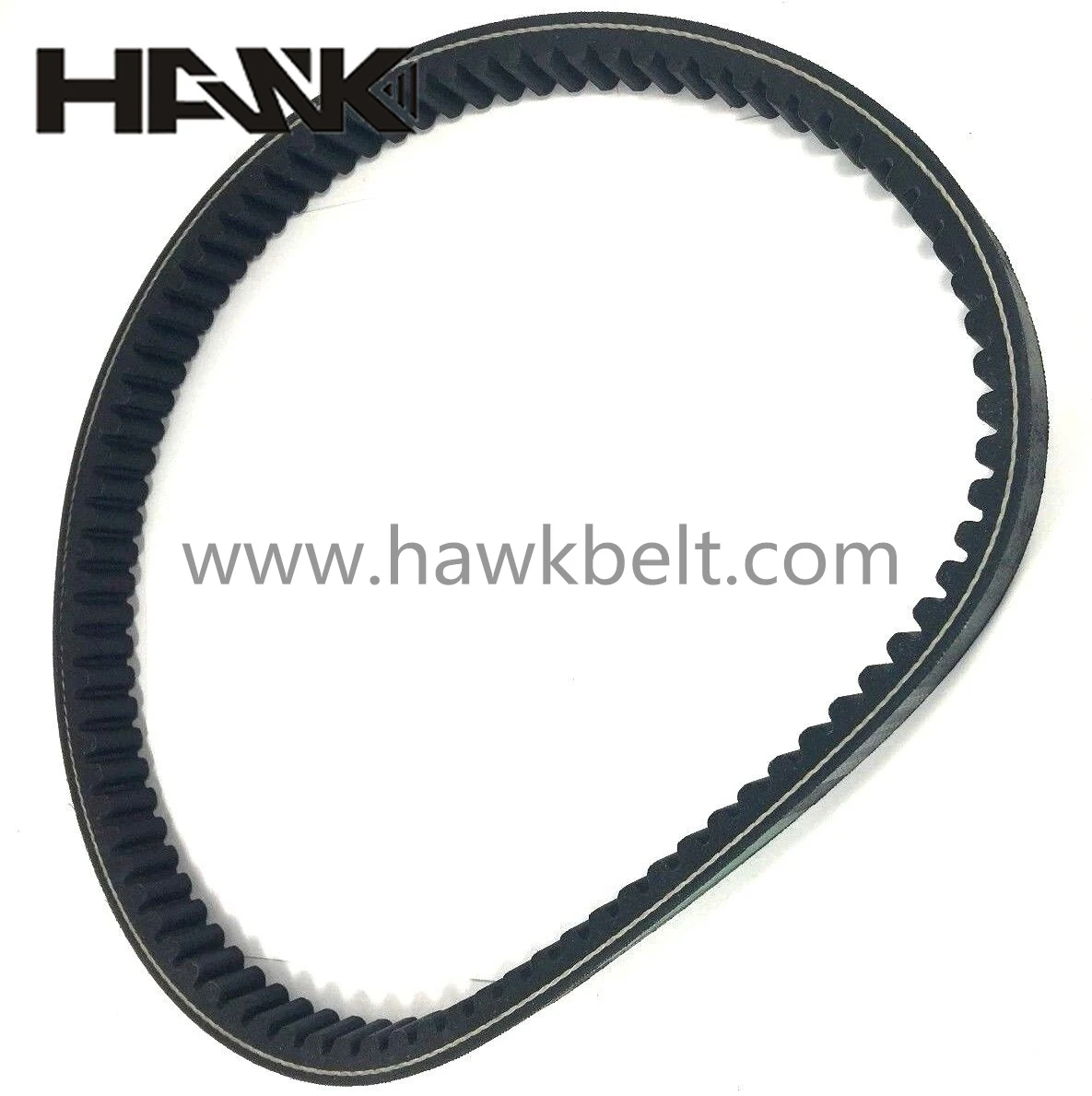- Arabic
- French
- Russian
- Spanish
- Portuguese
- Turkish
- Armenian
- English
- Albanian
- Amharic
- Azerbaijani
- Basque
- Belarusian
- Bengali
- Bosnian
- Bulgarian
- Catalan
- Cebuano
- Corsican
- Croatian
- Czech
- Danish
- Dutch
- Afrikaans
- Esperanto
- Estonian
- Finnish
- Frisian
- Galician
- Georgian
- German
- Greek
- Gujarati
- Haitian Creole
- hausa
- hawaiian
- Hebrew
- Hindi
- Miao
- Hungarian
- Icelandic
- igbo
- Indonesian
- irish
- Italian
- Japanese
- Javanese
- Kannada
- kazakh
- Khmer
- Rwandese
- Korean
- Kurdish
- Kyrgyz
- Lao
- Latin
- Latvian
- Lithuanian
- Luxembourgish
- Macedonian
- Malgashi
- Malay
- Malayalam
- Maltese
- Maori
- Marathi
- Mongolian
- Myanmar
- Nepali
- Norwegian
- Norwegian
- Occitan
- Pashto
- Persian
- Polish
- Punjabi
- Romanian
- Samoan
- Scottish Gaelic
- Serbian
- Sesotho
- Shona
- Sindhi
- Sinhala
- Slovak
- Slovenian
- Somali
- Sundanese
- Swahili
- Swedish
- Tagalog
- Tajik
- Tamil
- Tatar
- Telugu
- Thai
- Turkmen
- Ukrainian
- Urdu
- Uighur
- Uzbek
- Vietnamese
- Welsh
- Bantu
- Yiddish
- Yoruba
- Zulu
Sep . 04, 2024 02:24 Back to list
tooth belt drive
Understanding Tooth Belt Drives An Essential Component in Mechanical Systems
Tooth belt drives, also known as timing belt drives, play a crucial role in various mechanical systems, providing an efficient means of transferring motion and power between shafts. These systems are characterized by their use of a toothed or notched belt that meshes with corresponding teeth on pulleys, ensuring precise synchronization between rotating components. This article highlights the advantages, applications, and some considerations when utilizing tooth belt drives in engineering projects.
Advantages of Tooth Belt Drives
One of the primary benefits of tooth belt drives is their ability to maintain accurate timing between the driving and driven shafts. This feature is particularly important in applications where precise coordination is critical, such as in automotive engines and CNC machines. Unlike chain drives or friction belt drives, tooth belt systems eliminate slippage, which can lead to misalignment and reduced performance.
Additionally, tooth belt drives are generally quieter and require less maintenance than their chain counterparts. The use of rubber or composite materials in manufacturing these belts allows them to absorb vibrations, leading to smoother operation and less noise. Moreover, with no need for lubrication, maintenance costs are significantly reduced, making tooth belts an attractive option for many designers and engineers.
Applications of Tooth Belt Drives
Tooth belt drives are used across a wide range of industries due to their versatility. They are commonly found in automotive engines, where they synchronize the crankshaft and camshaft, ensuring timely operation of engine valves. In the manufacturing sector, these belts are integral in conveyor systems, where precision is required to move materials accurately through production lines.
tooth belt drive

In robotics and automation, tooth belting is indispensable for the accurate movement of robotic arms and other automated machinery. Their lightweight nature allows for quick acceleration and deceleration, making them ideal for applications that require rapid movements. Additionally, they are often employed in 3D printers, where precise control over the position of the print head is paramount.
Considerations for Using Tooth Belt Drives
While tooth belt drives offer numerous advantages, engineers must consider various factors before implementing them into a design. The choice of belt material is critical, as it must withstand the specific load, speed, and operating conditions of the application. Different materials offer varying levels of flexibility, strength, and wear resistance, so selecting the right type is essential for optimal performance.
Furthermore, installation and alignment are vital to ensure that the system operates efficiently. A misaligned belt can lead to premature wear and failure, counteracting the benefits of using a tooth belt drive. Regular inspection and maintenance, although minimized compared to other systems, should not be overlooked to help prolong the system's lifespan.
Conclusion
In conclusion, tooth belt drives are an essential component of modern mechanical systems, offering several key advantages, including precise motion transfer, low noise levels, and reduced maintenance requirements. Their widespread use in various industries underscores their importance in engineering design. By carefully considering material selection and installation practices, engineers can harness the full potential of tooth belt drives, ensuring efficient and reliable operation in their applications.
-
Korean Auto Parts Timing Belt 24312-37500 For Hyundai/Kia
NewsMar.07,2025
-
7PK2300 90916-T2024 RIBBED BELT POLY V BELT PK BELT
NewsMar.07,2025
-
Chinese Auto Belt Factory 310-2M-22 For BMW/Mercedes-Benz
NewsMar.07,2025
-
Chinese Auto Belt Factory 310-2M-22 For BMW/Mercedes-Benz
NewsMar.07,2025
-
90916-02660 PK Belt 6PK1680 For Toyota
NewsMar.07,2025
-
drive belt serpentine belt
NewsMar.07,2025

